For centuries, Antwerp has been the beating heart of the global diamond trade. The city’s cobbled streets and hidden exchanges once set the pulse of an industry that represented untold wealth, romance, and prestige. Yet in 2025, Antwerp finds itself in unprecedented decline. Imports of rough diamonds into Belgium fell 38% this year, plummeting to a historic low of just $3.4 billion in the first nine months. Compared to a decade ago, the city’s imports have shrunk by an astonishing 70%.
“It’s a perfect storm,” says Koen Vandenbempt, professor of Business Studies at Antwerp University and chair of the Diamond High Council. “The sector worldwide is struggling, and Antwerp, once the centre of it all, is hit harder than most.”
The storm he refers to is more than economic headwinds. It is a cultural, technological, and ethical earthquake shaking the foundations of the diamond trade — and nowhere is that more symbolically clear than in the sight of Dutch discount retailer Zeeman selling lab-grown diamonds for just €29, under the slogan: “Everyone deserves diamonds.”
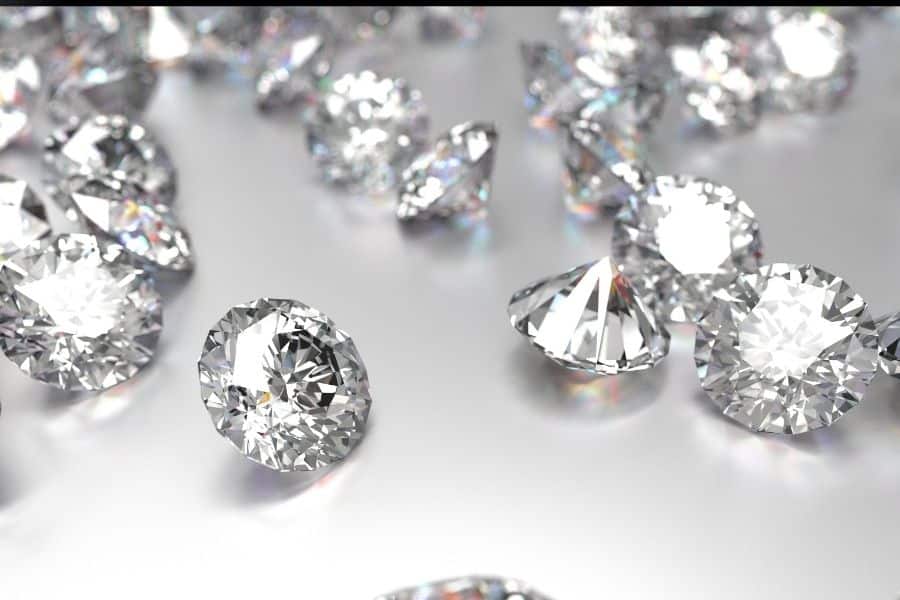
Antwerp’s Historic Low
The fall in Antwerp is partly geopolitical. The G7 boycott of Russian diamonds, combined with EU sanctions, choked off a major supply line. Unlike Dubai, which continues to trade in Russian stones, Antwerp had to comply.
“We were the only major importer actually affected,” Vandenbempt explains. “Dubai simply ignored the restrictions, and Russian diamonds are still circulating there.”
Sanctions alone would not have brought Antwerp to its knees. The deeper challenge is synthetic diamonds — lab-created stones identical in composition to natural diamonds, but produced quickly, cheaply, and in theoretically limitless quantities.
“American consumers have embraced lab diamonds,” Vandenbempt admits. “That’s devastating for Antwerp because the United States was our biggest export market. Add to this the downturn in China, our second-biggest buyer, and you see why imports are collapsing.”
The city that once polished and traded over 80% of the world’s diamonds now risks irrelevance. Most cutting and polishing is long outsourced to India. Antwerp, reduced to a trading centre, is losing even that role.

The Shock of a €29 Diamond
Then came Zeeman. Known for cheap clothing and household basics, the Dutch chain stunned Europe by offering tiny lab-grown diamonds for €29. Their ad campaign, “Iedereen verdient diamanten” (Everyone deserves diamonds), turned a once-exclusive luxury into something less expensive than a dinner for two.
To some, this is the democratization of beauty — a rejection of elitism and inflated pricing. To others, it is the ultimate devaluation. If diamonds can be grown like lettuce, what remains of their mystique?
The Antwerp establishment, already on the defensive, views Zeeman’s campaign as proof of how far the diamond’s symbolic power has slipped. Once a marker of eternal love and irreplaceable value, a diamond is now a casual impulse buy, displayed next to socks and dishcloths.
Kerri Lavine: “Value Is Collapsing”
Across the Atlantic, Kerri Lavine, a diamond buyer and appraiser based in New York, sees the same forces at play. “Lab-grown diamonds have destroyed the idea of diamonds as an investment,” she says.
In her Manhattan office, Lavine watches clients come in daily with both natural and synthetic stones to sell. The story is consistent: the resale value of diamonds has plummeted. “Five years ago, a one-carat natural diamond was still seen as a store of value,” Lavine explains. “Now, even the natural stones are struggling because consumers don’t trust the market anymore. They know labs can make the same thing for a fraction of the cost.”
Lavine believes the €29 diamond is more than a gimmick. “It tells people: don’t take diamonds too seriously. If you can buy one in a supermarket, why pay $5,000 at Tiffany’s? The psychology of the buyer has changed, and once trust is gone, it doesn’t come back.”
The Ethics Debate
One reason synthetic diamonds took off was the blood diamond scandal that haunted the early 2000s. Consumers, particularly Millennials and Gen Z, demanded ethical alternatives. Lab-grown stones, marketed as “green” and conflict-free, seemed the answer.
But the narrative isn’t that simple. “Lab-grown diamonds are not as clean as advertised,” Vandenbempt notes. “The production process requires huge amounts of energy. In China and India, where many are made, that energy is coal-based. It’s far from sustainable.”
Meanwhile, some mining regions such as Botswana have leveraged diamonds to build schools, roads, and public services. “Natural diamonds, when managed transparently, can be a force for good,” says Vandenbempt. “But the industry’s reputation for shady practices makes that hard to communicate.”
This ethical tension adds another layer to the debate. Lab diamonds may not be as pure as claimed, but their affordability has already captured public imagination.
A Generational Shift
At its heart, the crisis is cultural. For Baby Boomers and Gen X, diamonds still carried weight as status symbols. But Gen Z, shaped by minimalism, sustainability concerns, and economic uncertainty, does not share the same attachment.
“The engagement ring market is shrinking,” Lavine observes. “Young couples don’t want to spend three months’ salary on a ring. They’d rather put that money toward travel, a home deposit, or simply keep it.”
Zeeman’s €29 diamonds may be tiny, but they are symbolic. They say: love doesn’t need to cost thousands. In a world where authenticity is prized over tradition, that message resonates.
Can Antwerp Revive Itself?
Is there hope for Antwerp? Vandenbempt thinks so — but only if transparency becomes its selling point. “The sanctions forced us to implement traceability. Every diamond entering Antwerp now requires a certificate of origin. That is something Dubai doesn’t offer. If major brands decide they want guaranteed clean supply, Antwerp could recover.”
Yet even he admits the city will never regain its former dominance. The industry is shrinking, and lab-grown stones will remain a permanent part of the landscape.
The Symbol vs. the Commodity
The debate over diamonds today is not just about Antwerp, or Zeeman, or resale values. It is about whether a diamond is still a symbol of eternity or just another commodity — like gold, only worse because gold has a fixed scarcity and diamonds can now be produced endlessly.
Lavine puts it bluntly: “Natural diamonds may still have beauty, but they’ve lost their uniqueness. When you can grow perfection in a lab, scarcity disappears. And without scarcity, luxury collapses.”
For Antwerp, the warning is clear. For the global diamond industry, the battle is existential. And for consumers, the question lingers: in a world of €29 diamonds, what does a diamond really mean?

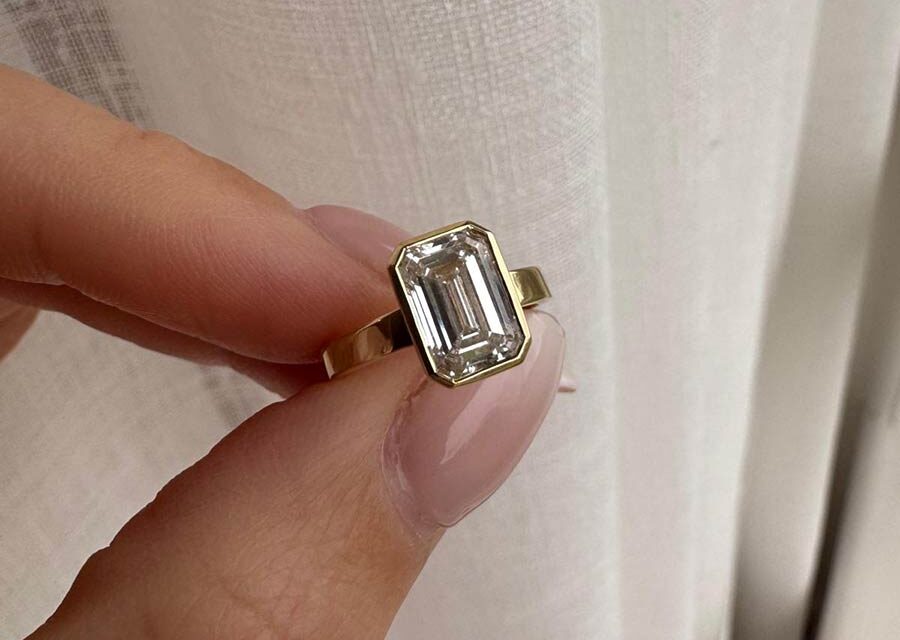


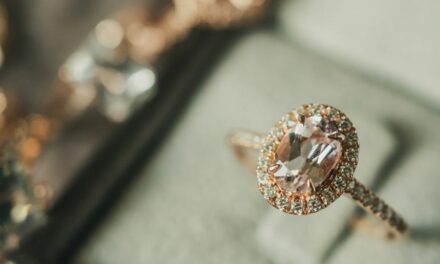

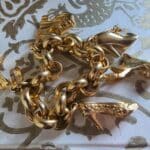




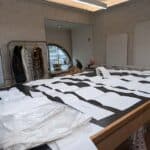




You must be logged in to post a comment.